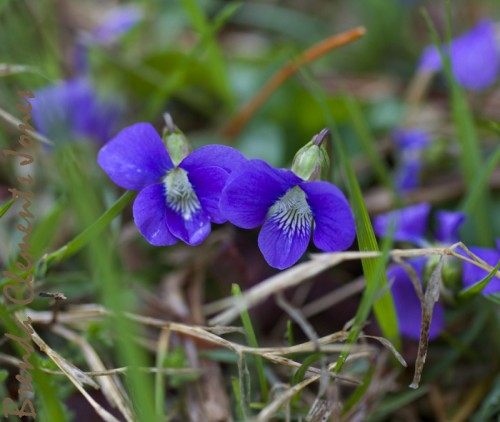
What an amusing thought. Seeds that ants will harvest and then plant. It actually does happen. There are some seeds in our world of Nature that have fleshy parts, called elaiosomes. These elaiosomes are lipid-rich and are very attractive to ants. The ants harvest the seeds, take them to their underground homes and feed the elaiosomes to their larvae. The leftover part of the seed is then discarded, to the ants’ underground trashroom which contains nutrient rich soil, a perfect place for these wildflower seeds to be planted. This process, of seed dispersal by ants is called Myrmecochory. There are some 3,000 plant species on our planet which benefit from this interaction with ants. This is mutually beneficial to the ant and to the plant. It is obvious that this is a benefit to the ant. The ants are getting food for their larvae. For the plant, the seed dispersal lessens competition between the parent plant and its seedlings, provides protection for the seeds from predation, and provides excellent soil conditions for seedling growth.
This spring, I’ve run into several native wildflowers which are part of this ant/plant interaction.
Take a walk with me, and I’ll show you a few of them:








